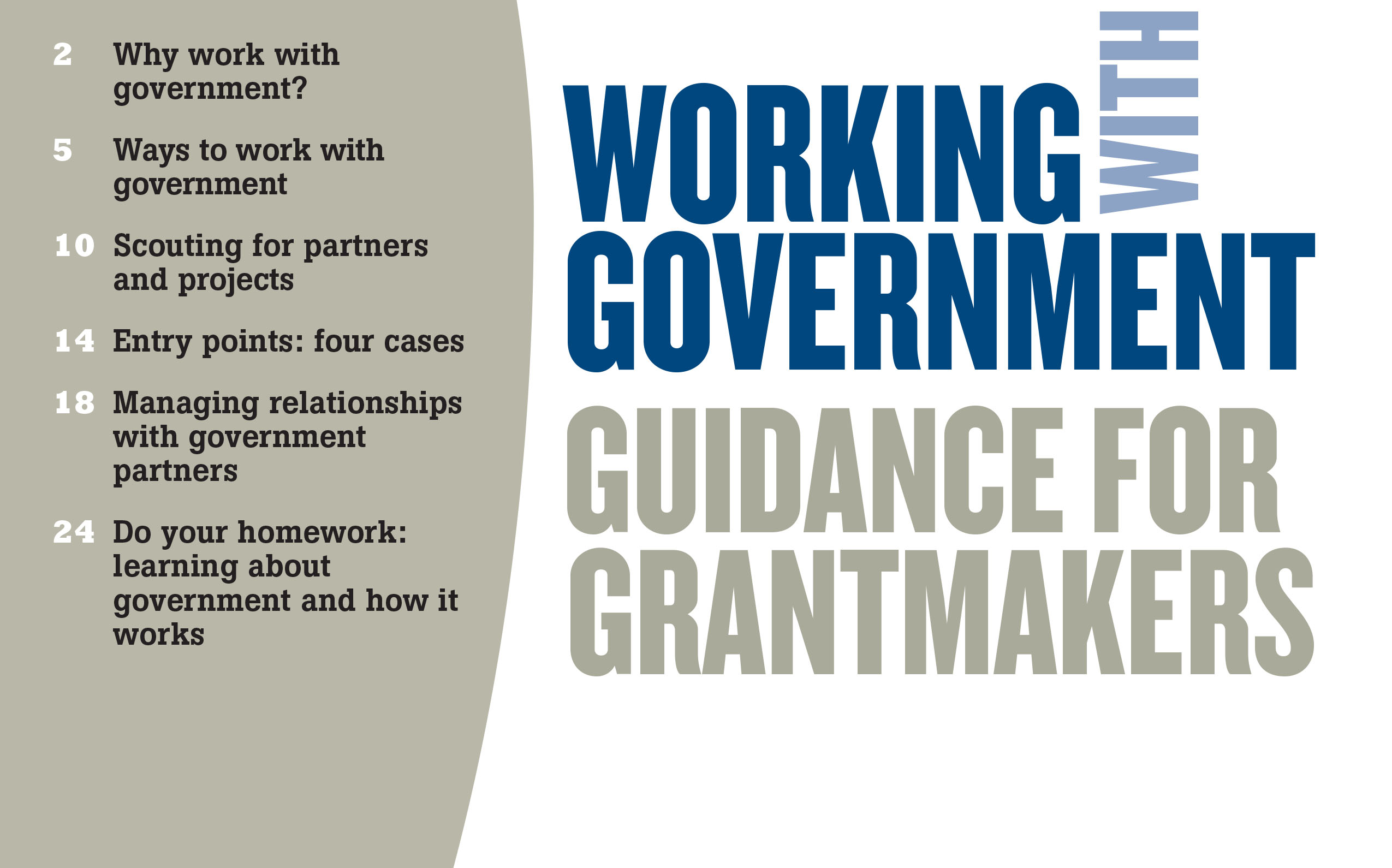Tapping the Economic Potential of Older Workers The Atlantic Philanthropies and the U.S. Department of Labor
Between 2005 and 2007, the U.S. Department of Labor (DOL) selected 39 economically depressed communities for special funding for “talent development” within regional economic revitalization efforts. The Atlantic Philanthropies’ program on aging had explored ways to increase the economic security of older adults, so grantmaker Laura Robbins was intrigued. Looking more closely at the projects selected by DOL, she found that only one included a focus on older adults.
Robbins saw an opportunity. She and others from the foundation met with DOL representatives to ask if they would be interested in trying to increase the awareness and involvement of older adults in the communities where the agency already had investments.
Persuaded, the DOL agreed to craft another RFP offering additional funding for projects explicitly designed to include talent development for older adults. The department allocated $10 million to the initiative, and the foundation put in $3.5 million through a third-party agency, the Council on Adults and Experiential Learning (CAEL). With another nonprofit, the Council on Competitiveness, CAEL received support from the foundation to provide technical assistance to the communities selected by DOL.
From the foundation’s perspective, the project wasn’t seamless. The effort hit a snag toward the beginning when DOL officials realized that they were prohibited from restricting the program to the original 39 communities, requiring a shift in the program design. And there was a change in presidential administration. “The process was delayed about six or eight months, which was frustrating,” Robbins recalled. “It also created challenges for our payout and accounting processes. I had to make the grant conditional on when the DOL was actually ready.”
The foundation and its grantee, CAEL, also had less control over site selection than would have been the case outside the context of a government partnership. “There was a bit of a leap of faith on our part that their process would identify good projects,” said Robbins. “Our grantee was able to submit suggestions for the RFP and the RFP selection process, but they were not part of it, so there was no guarantee that DOL would use the suggestions. But it was as open as it could be, given the legalities of the federal agency’s transparency mandates.”
So far, Robbins is pleased with what has transpired. “We think it’s already a success because the DOL has been able to highlight the importance of older workers and has a broad communication distribution list in employment circles, which is a win in itself. Plus, 130 regions have thought enough about older workers to apply for grants from DOL. We have found that groups that apply for such grants often move ahead even if they aren’t selected for actual funding.”
Reflecting on what her partners achieved through the partnership, Robbins noted that the DOL was able to leverage its own investment with foundation dollars and significantly increase attention within the agency — and in communities — to the importance of older adults in economic planning. “What has worked well,” Robbins concluded, “is that there are now a lot of communities thinking about older workers that weren’t thinking about them before.”


